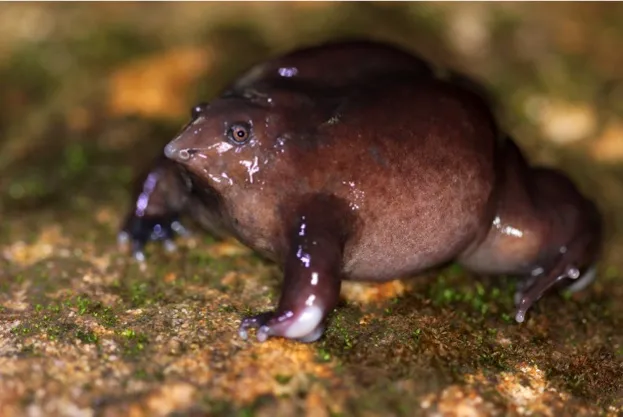The red-thighed horned tree frog was discovered in 2015 in Vietnam © ZSL
It has been found that missing or out-of-date information on the world's amphibians (frogs, toads, salamanders and caecilians) means the conservation status of almost two-thirds of species is unknown.
A paper, led by international conservation charity ZSL (Zoological Society of London) with scientists from the Australian Museum and IUCN Amphibian Red List Authority, has called for greater effort in assessing the extinction risk faced by amphibians.
The information is vital, aiding conservationists in measuring the ongoing effects of the habitat loss and degradation that continue to harm amphibian populations across the globe.
“The last time that we had a near-complete overview of extinction risk in amphibians was more than 10 years ago, in 2004, when the IUCN’s ground breaking Global Amphibian Assessment was published,” says Benjamin Tapley, curator of herpetology at ZSL. “Since then, more than 1,700 amphibian species have been discovered - but the extinction risk of most of these new species simply isn’t known.”

The adult of the purple frog was only formally described in 2003. Scientists don't know how many individuals of this species exist, as it has an out-of-date assessment © ZSL
Assessment of extinction risk has failed to keep up with the discovery of new amphibian species over the past 12 years, with a huge amount of prior work now out of date and therefore irrelevant.
More than 61 per cent of all known amphibian species have not been evaluated or have out-of-date information.
The habitats that are home to the most diverse amount of species, specifically the tropics, are at greatest risk. The human population is rapidly expanding in these areas, so unassessed pressure is being put on the small habitats of new or undiscovered amphibian species, who are extremely vulnerable to localised threats.
Now greater incentives to contribute to assessment and more adequate funding are being called for, to provide more effective conservation in the future.
